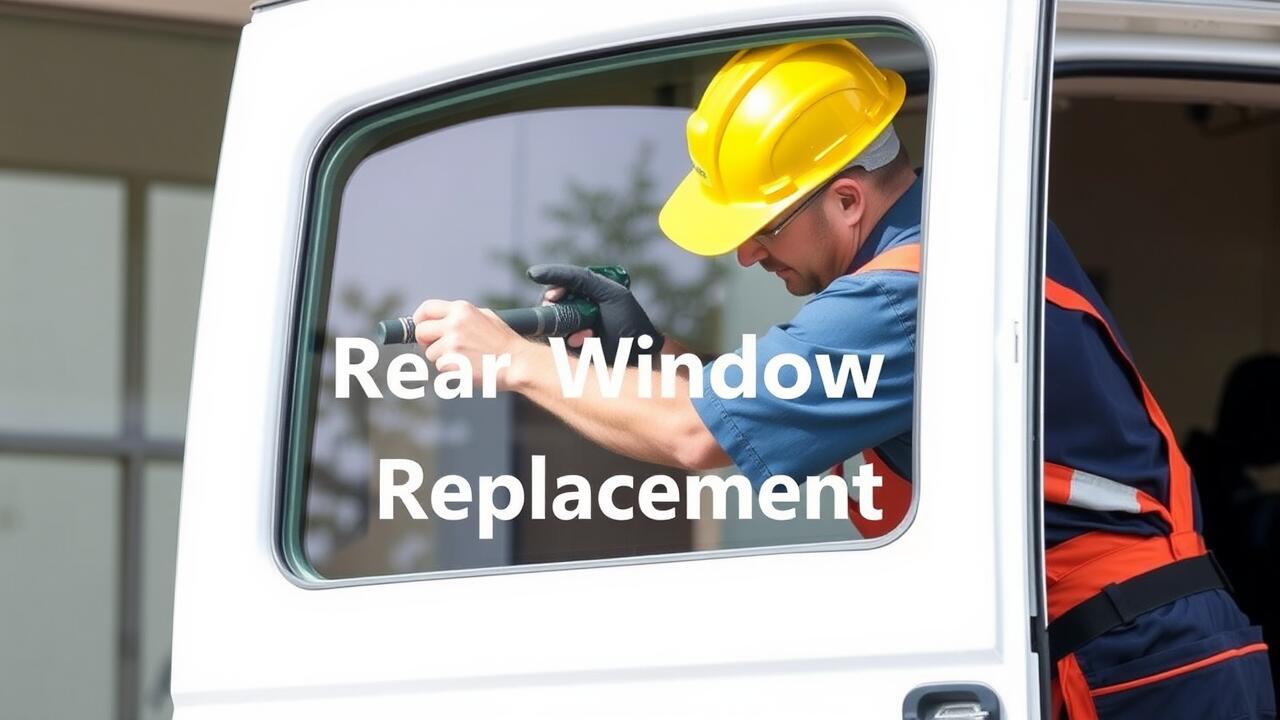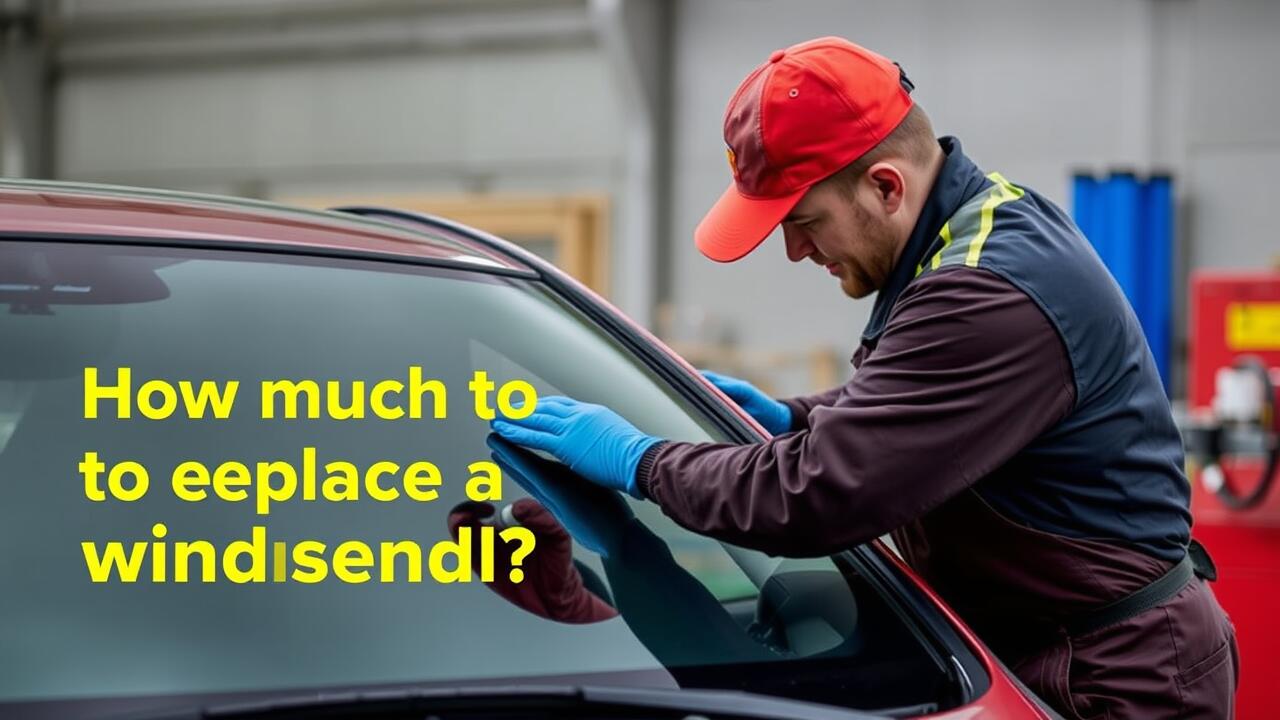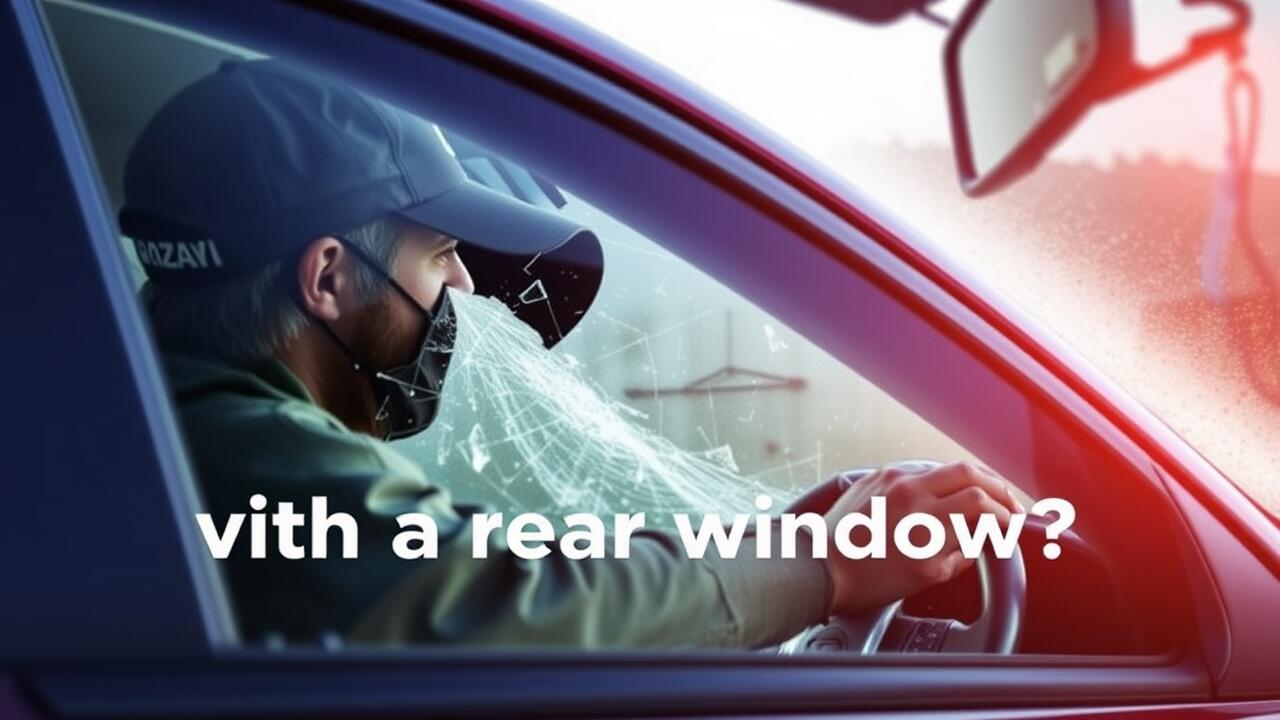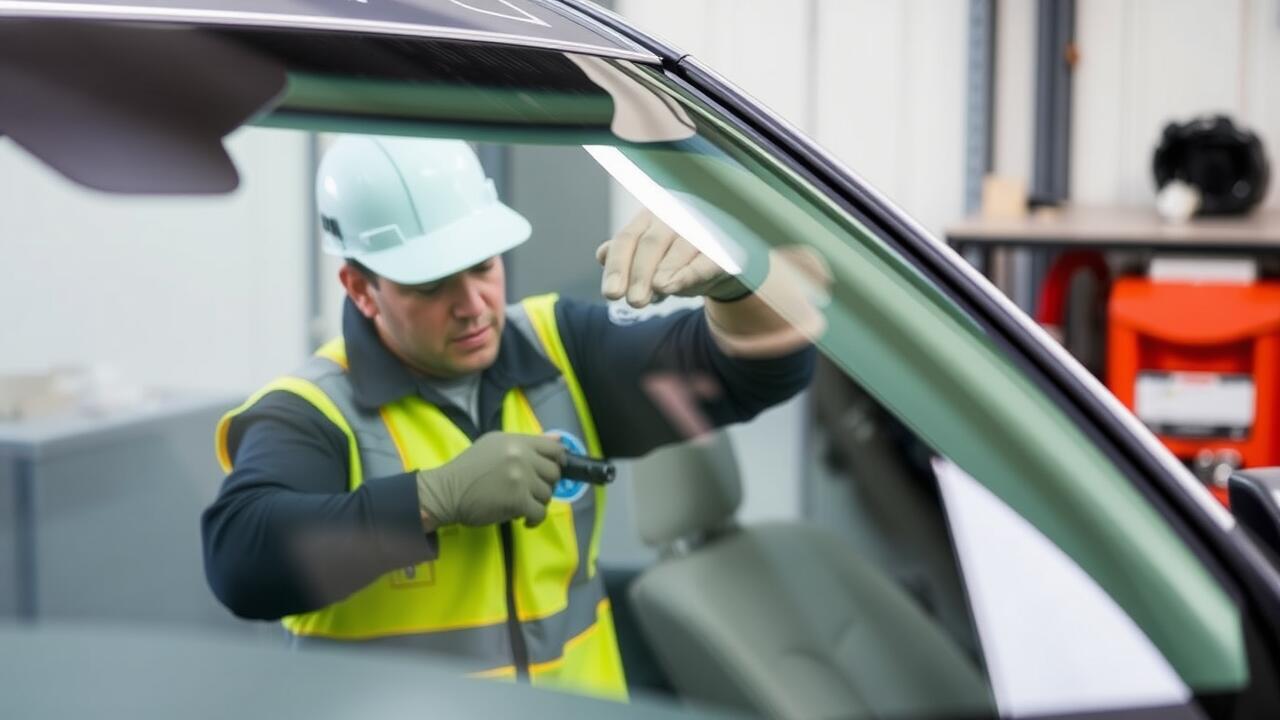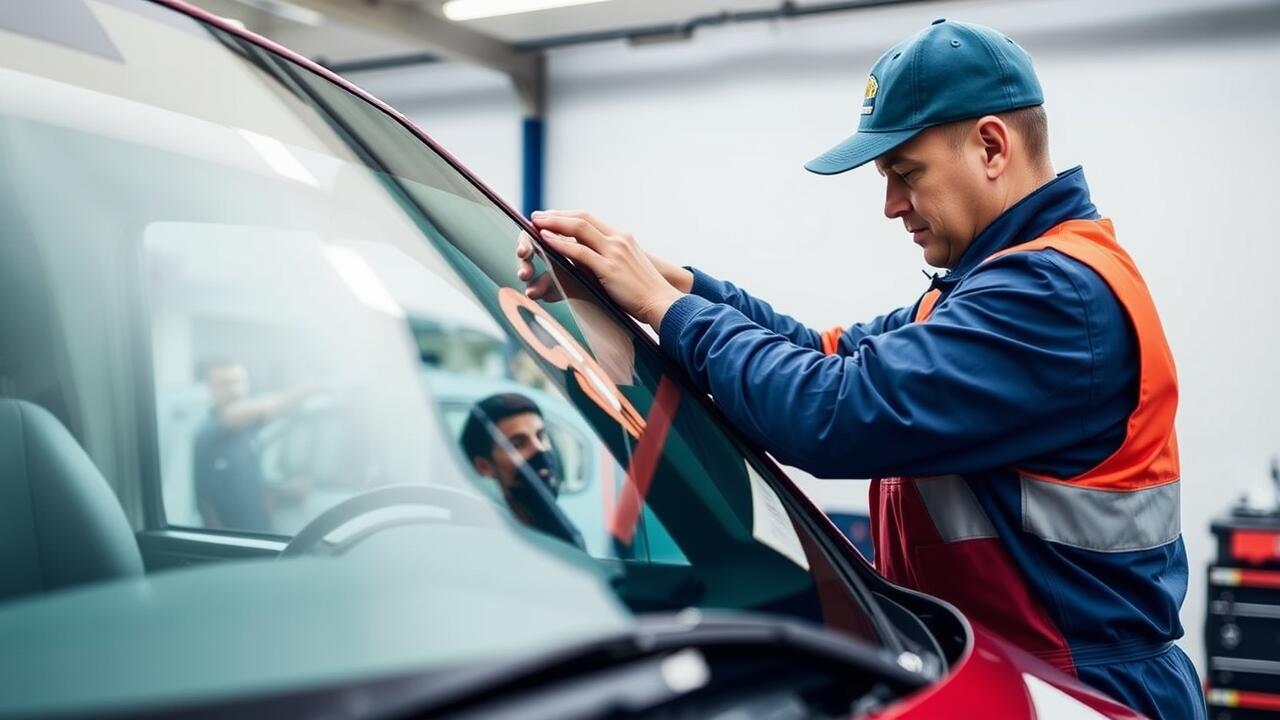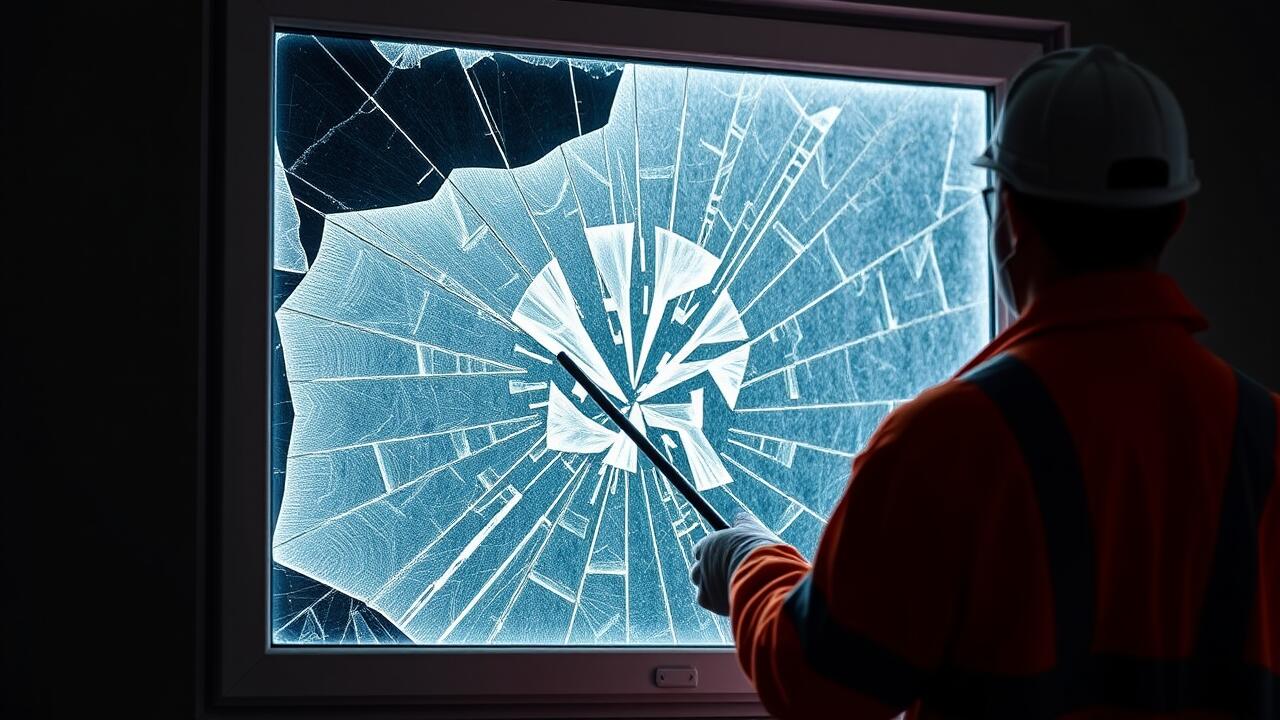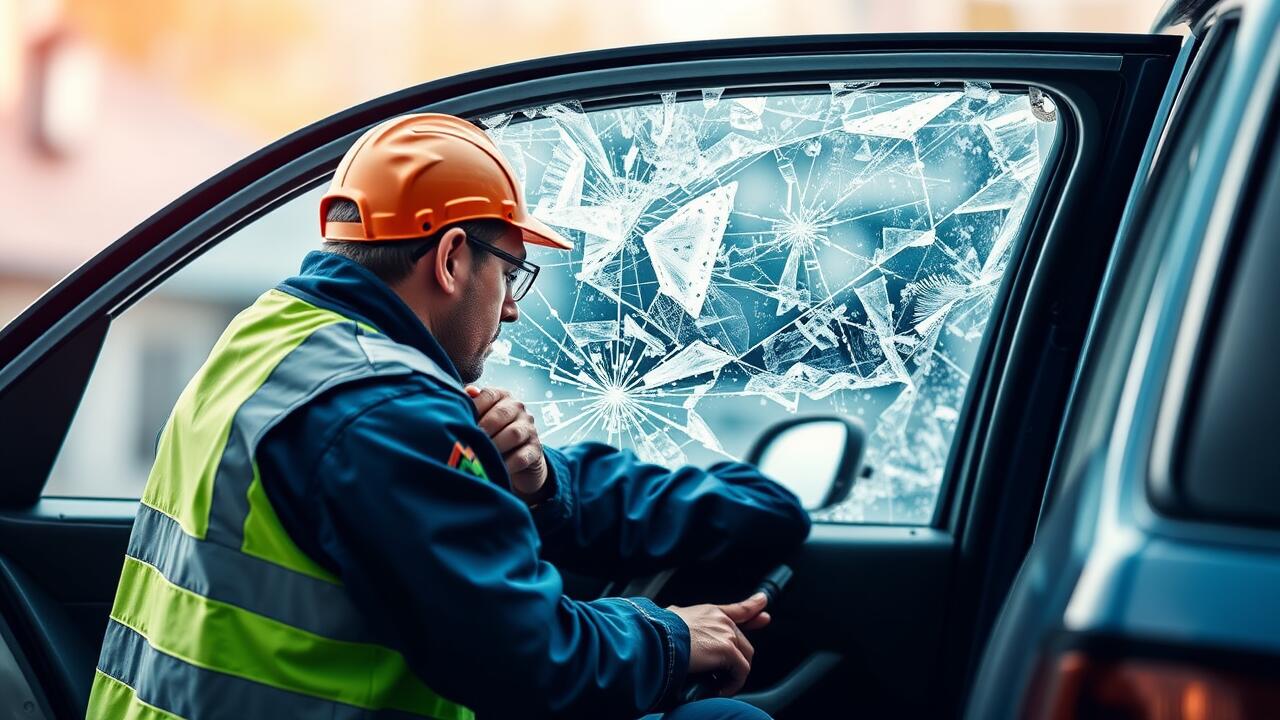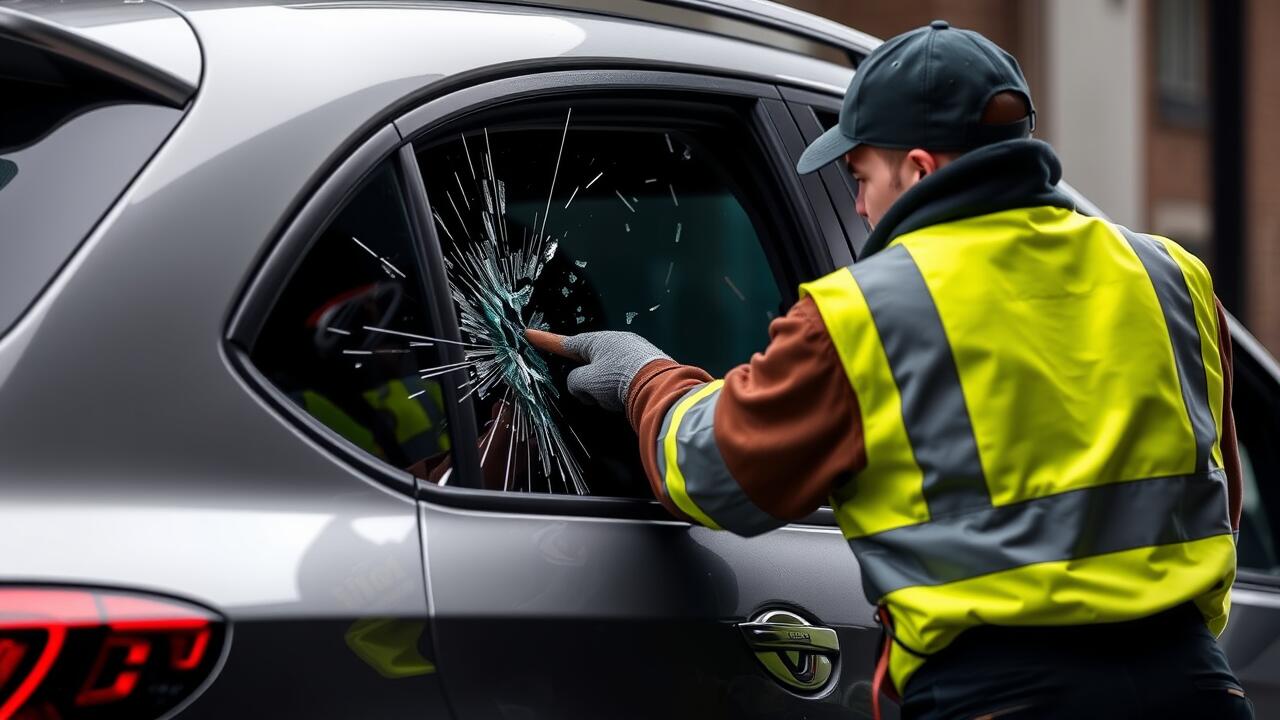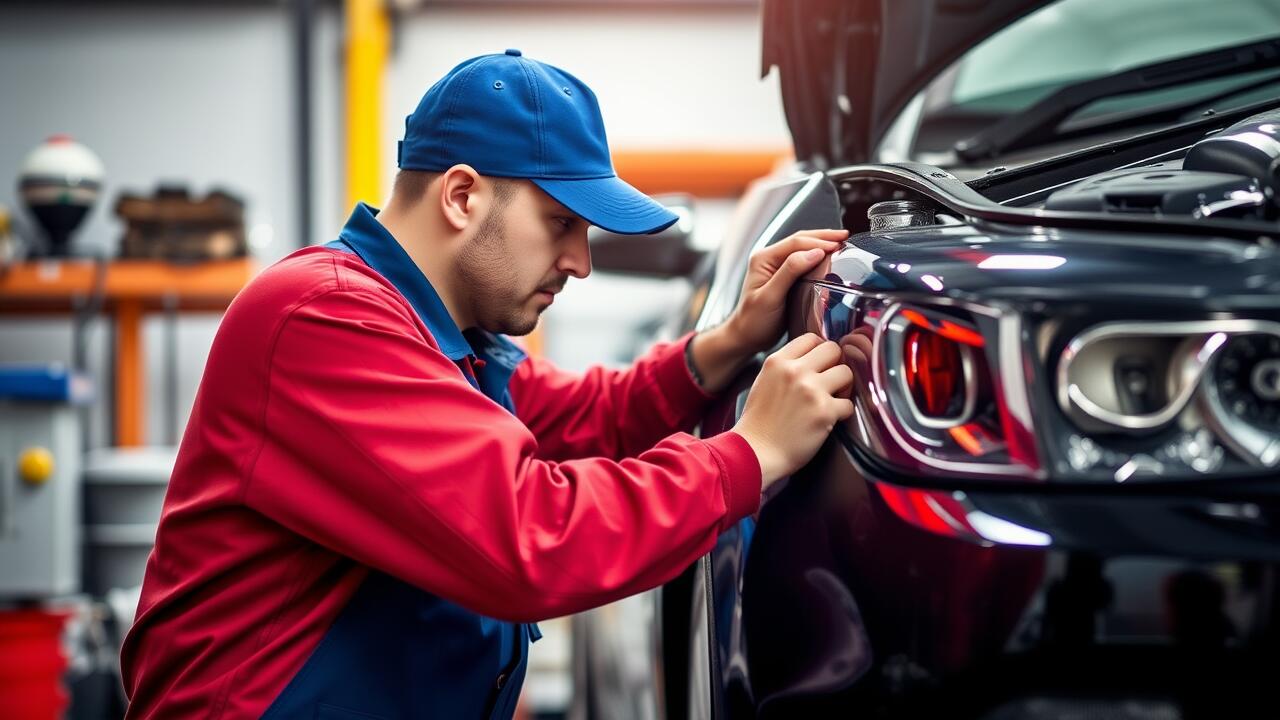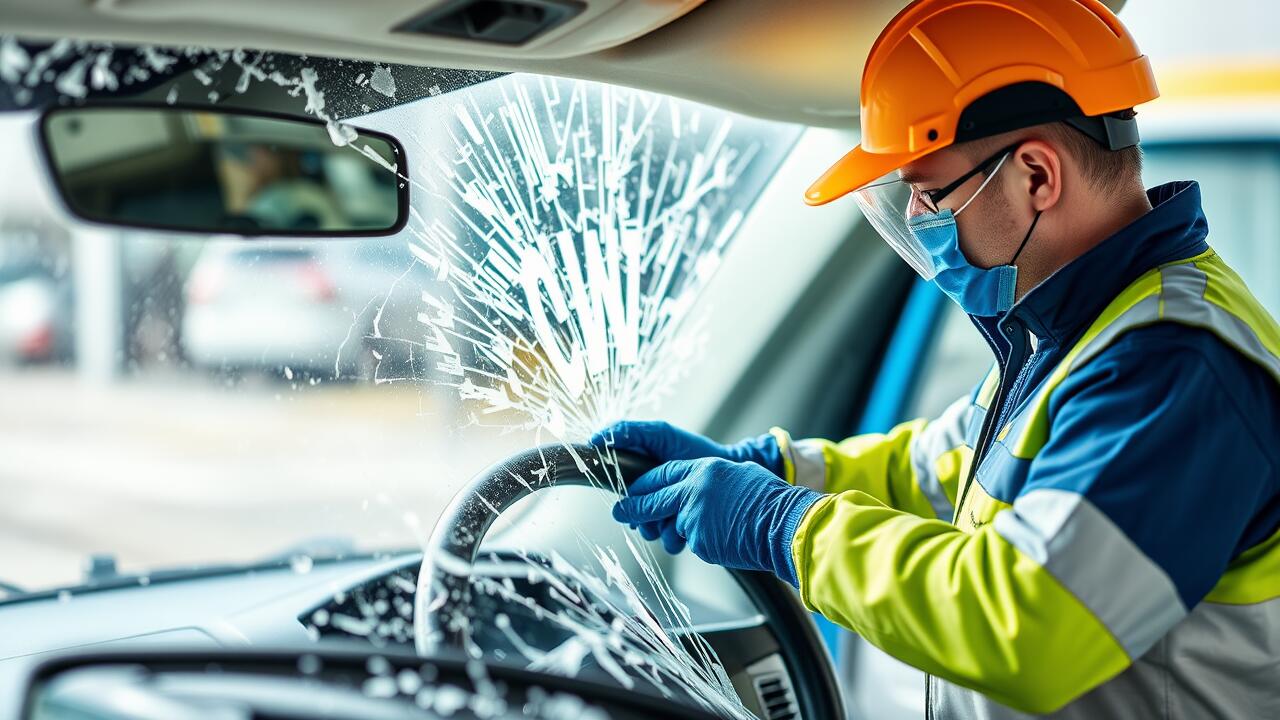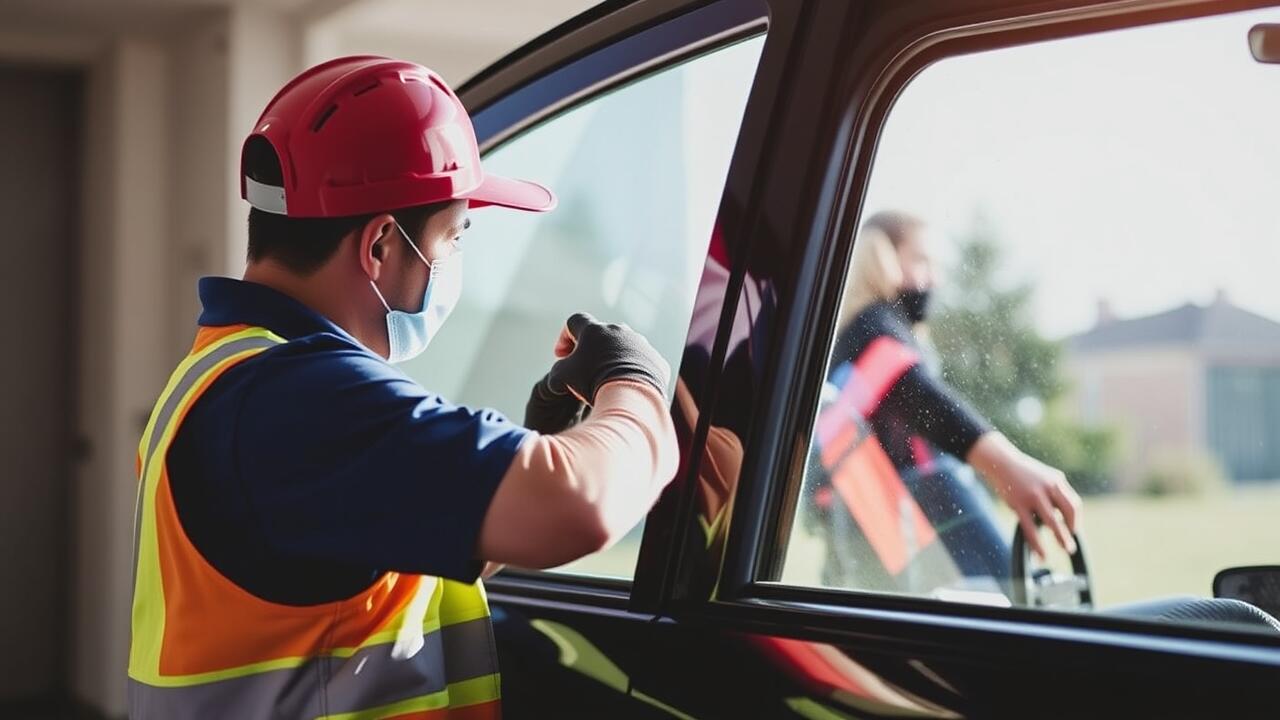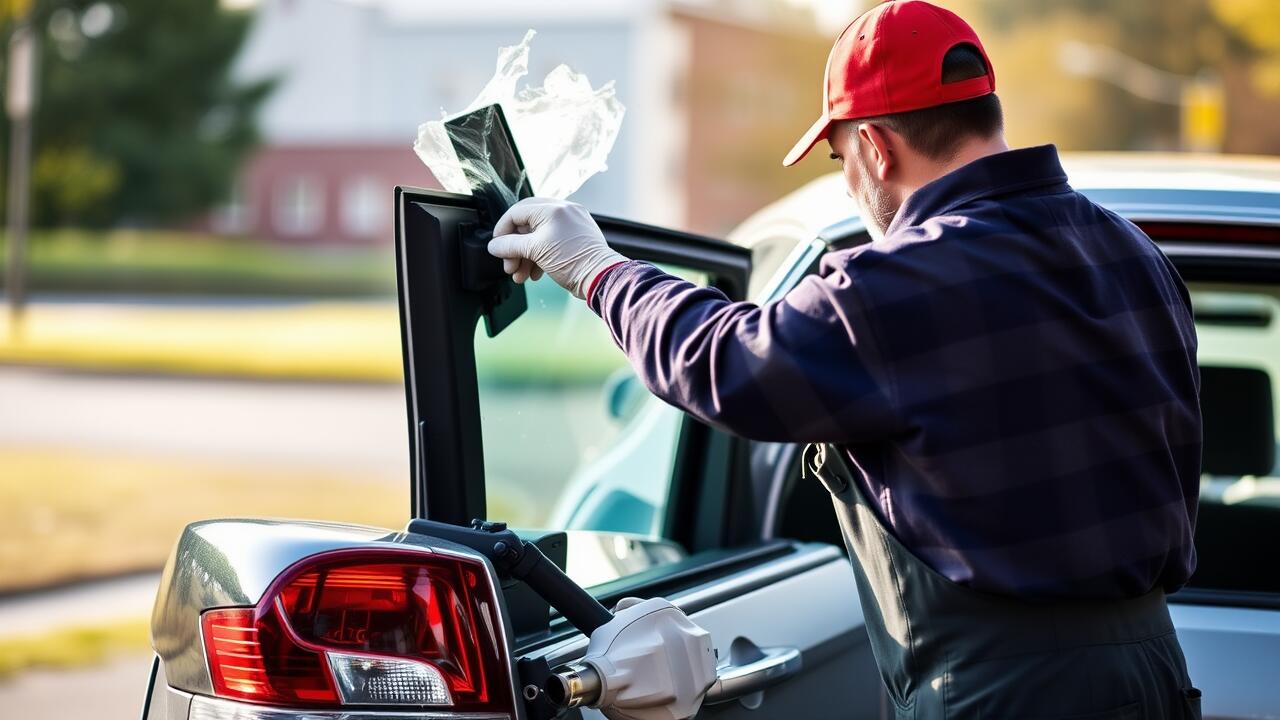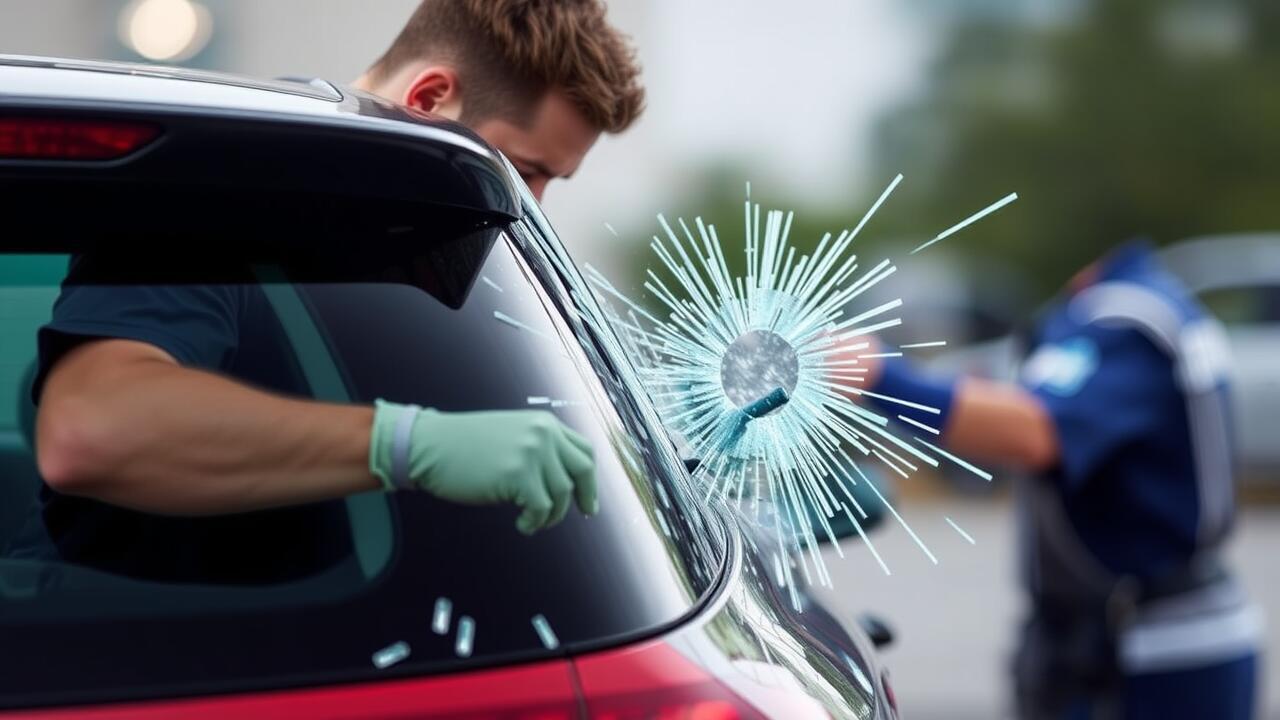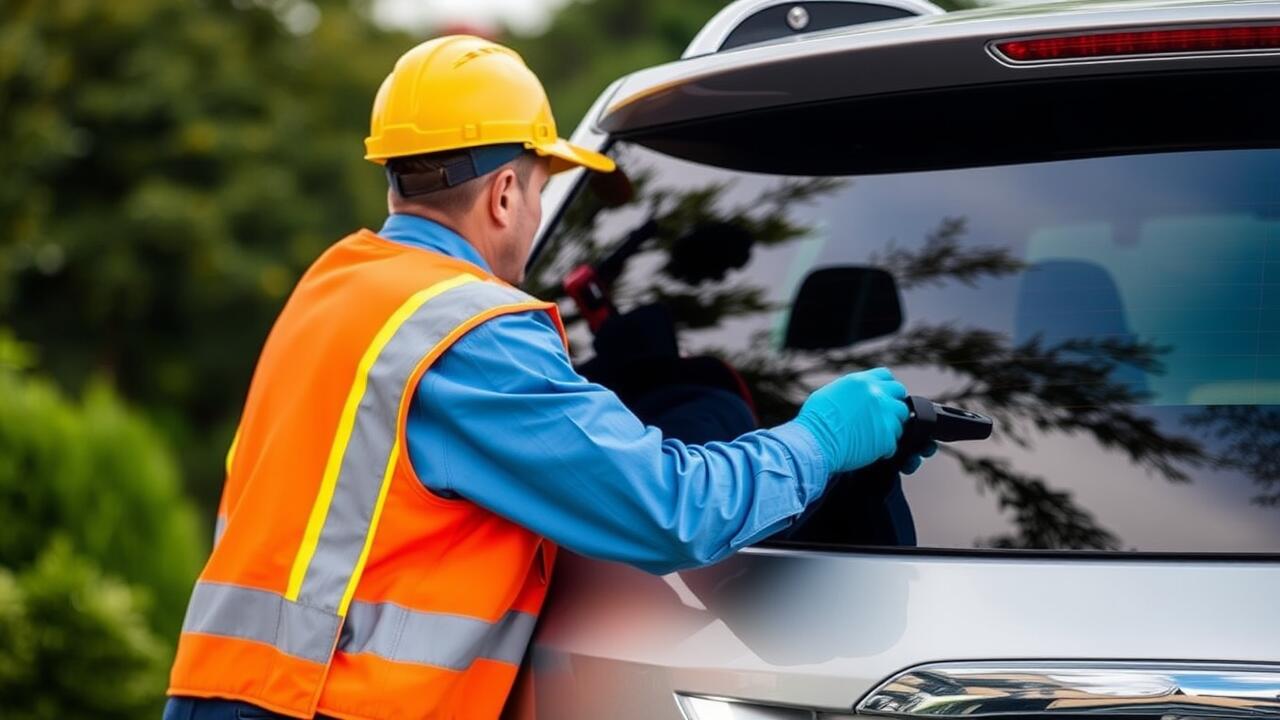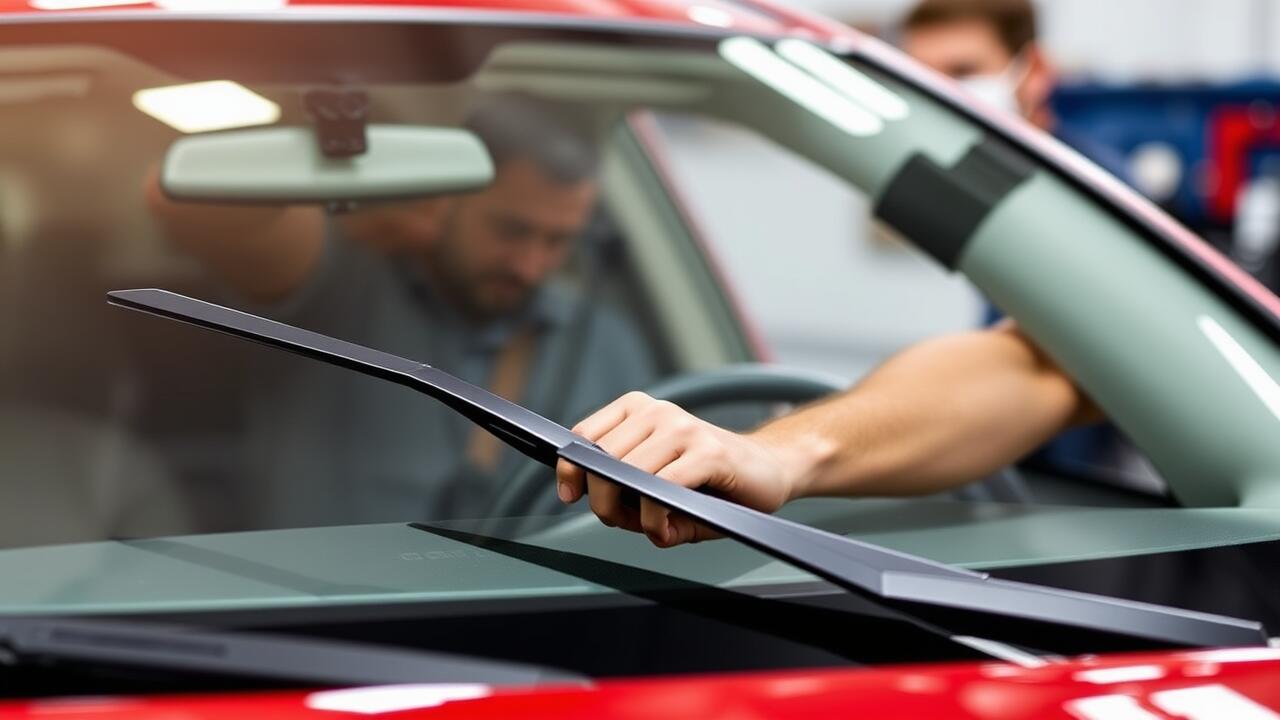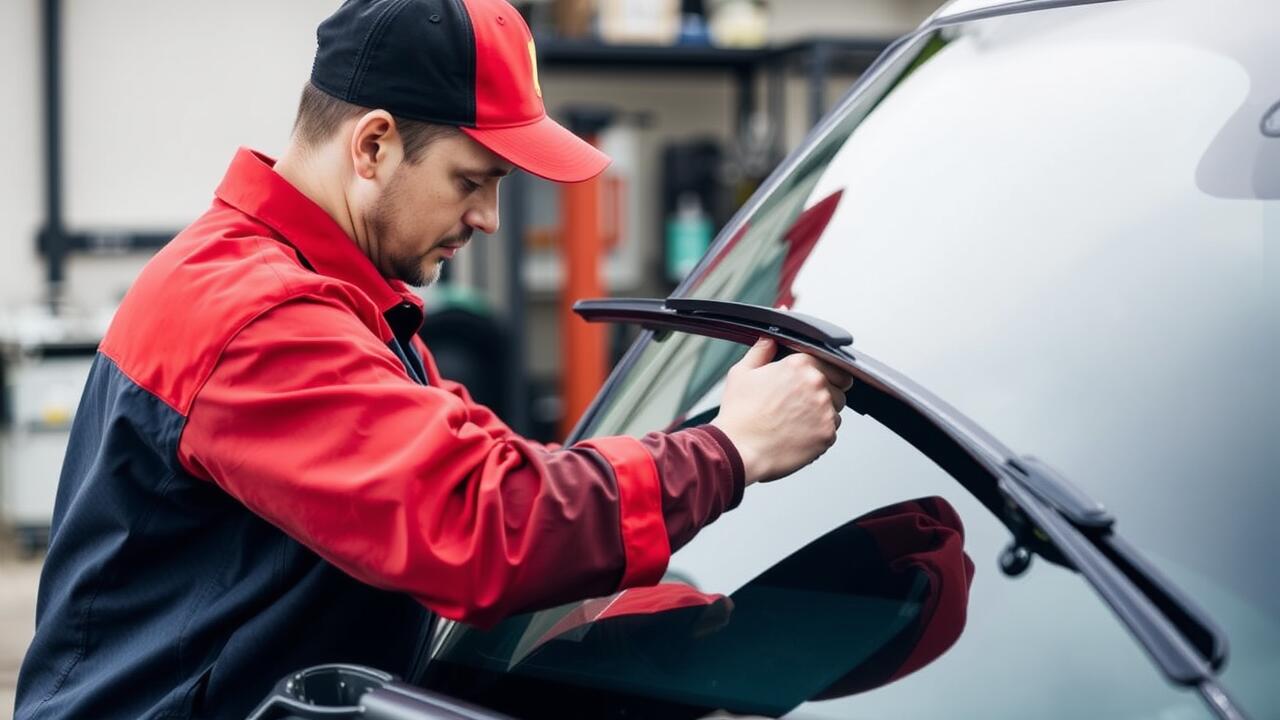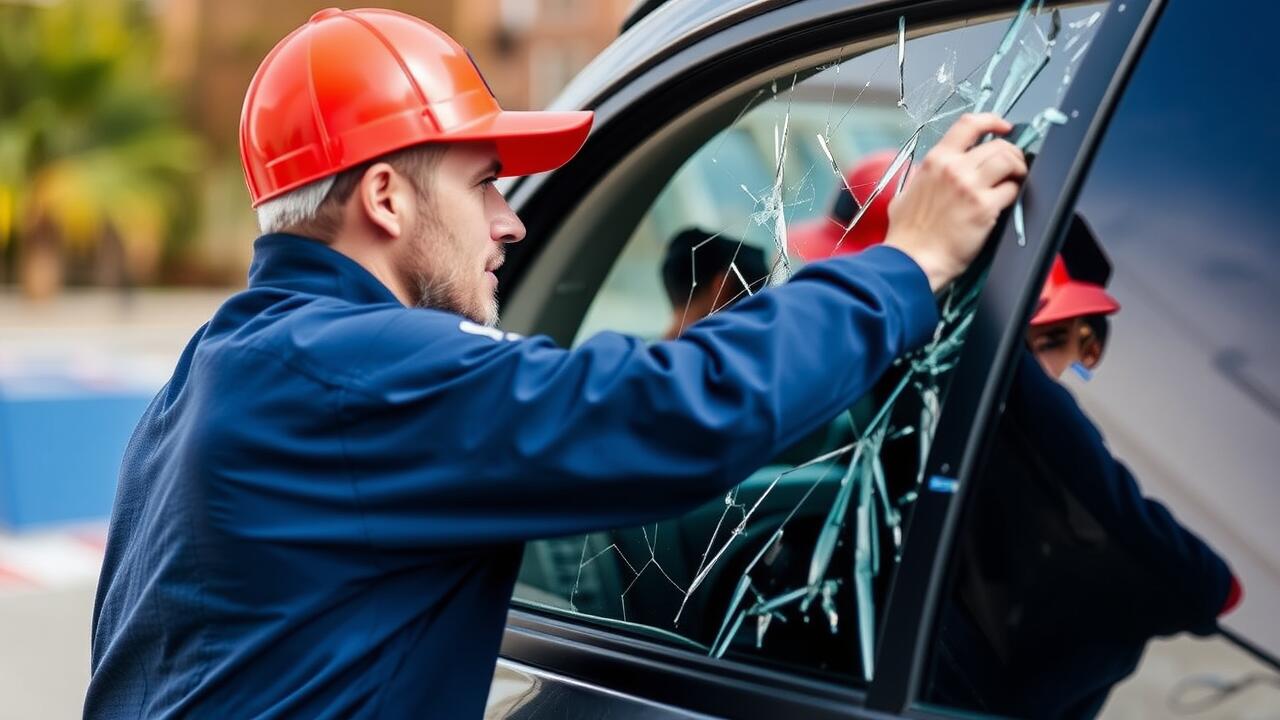
Table Of Contents
Choosing the Right Replacement Glass
When selecting glass for rear window replacement, it is essential to consider the specifications of your vehicle. The dimensions and curvature of the glass must align with the original window to ensure proper fit and functionality. Original Equipment Manufacturer (OEM) glass usually offers the best match in terms of fit and aesthetics. However, some aftermarket options may also provide adequate quality at a reduced cost.
Pay attention to the type of glass being used for the rear window replacement. Tempered glass is typically preferred for its strength and safety features. Depending on your vehicle and budget, either OEM or high-quality aftermarket glass can be a suitable option. Additionally, checking reviews and warranties can help in making a more informed decision.
OEM vs. Aftermarket Options
When considering rear window replacement, understanding the difference between OEM and aftermarket options is crucial. OEM, or Original Equipment Manufacturer, parts are made by the same company that produced the original glass installed in your vehicle. Often, these parts come with a guarantee of quality and fit, which can provide peace of mind in terms of safety and performance. Selecting OEM can mean a higher price point, but many car owners appreciate the assurance that they are getting a part designed specifically for their make and model.
Aftermarket options present an alternative that may appeal to those looking for cost savings. These parts can be manufactured by various companies, often resulting in lower prices compared to OEM components. While there may be a range of quality within aftermarket products, some options can perform just as well as OEM counterparts. However, buyers should conduct thorough research to ensure that they are sourcing reliable aftermarket glass that meets safety standards, especially for rear window replacement.
DIY Repair Options
Assessing whether a DIY rear window replacement is feasible requires careful consideration of your skills and the extent of the damage. If the break is a minor crack and not compromising the structural integrity, some homeowners may feel confident using a repair kit designed for auto glass. This type of repair can save money and time while avoiding the hassle of a trip to the shop. However, if the glass is shattered or missing entirely, replacing it becomes more complex and may necessitate professional assistance.
Gathering the right materials is crucial for a successful DIY rear window replacement. You will need replacement glass that fits your vehicle's specifications, along with adhesive and possibly a few additional tools like a suction cup for maneuvering the panel. Following a reliable guide or video tutorial can provide step-by-step instructions, ensuring a more straightforward and secure installation process. Taking care to follow these steps can help you achieve a satisfactory result, even if you are new to vehicle repairs.
Evaluating the Feasibility of Self-Repair
When considering the feasibility of a self-repair for a broken back window, it's important to assess your skills and comfort level with automotive repairs. The complexity of Rear Window Replacement can vary significantly based on the make and model of your vehicle. Familiarity with automotive glass installation techniques is crucial. If you have prior experience with similar repairs, you may feel more confident taking on the task yourself. However, for those without experience, the learning curve can be steep, and mistakes may lead to further damage or safety issues.
Another aspect to evaluate is the availability of tools and materials needed for the job. Rear Window Replacement typically requires specialized equipment, such as adhesive, glass suction cups, and possibly a heat gun to ensure proper sealing. If you do not have access to these tools, the cost of acquiring them might outweigh the benefits of doing the repair independently. Assessing the time commitment is also vital; replacing a rear window can take several hours, especially without prior experience.
Preparing for Installation
Preparing for the installation of a new rear window involves careful attention to detail. Start by ensuring you have the right replacement glass that matches your vehicle make and model. Gather all necessary tools and materials before beginning the process. Items such as a suction cup, glass cleaner, a utility knife, and adhesive are essential for a successful rear window replacement. Having everything on hand will streamline your efforts and minimize interruptions.
Before you dive into the installation, it’s also wise to clean the area around the broken window. Remove any broken glass fragments and dirt to create a smooth surface for the new window. Ensure that the adhesive area is free from grime, which can affect bonding. A clean and prepared installation site plays a crucial role in the longevity of your rear window replacement, providing a sturdy seal and improving overall vehicle safety.
Gathering Necessary Tools and Materials
Before attempting a rear window replacement, it's essential to gather all necessary tools and materials. You will need items such as a utility knife, screwdrivers, and a glass suction cup. Additionally, having safety gloves and goggles on hand will protect you during the process. It’s also advisable to have a clean workspace to ensure you can handle the replacement glass with care.
Beyond tools, ensure you have the appropriate adhesive or sealant for the installation. Many auto parts stores sell kits specifically for rear window replacement. Keep rags or paper towels nearby for handling any excess adhesive or for cleaning the area. Having everything organized will make the replacement process more efficient and help avoid any last-minute trips for supplies.
FAQS
What should I do immediately after my back window is broken?
First, ensure your safety by moving to a secure location. Then, cover the broken window with plastic or a tarp to protect against weather and debris. Finally, assess the damage and decide on your next steps for repair.
What are OEM and aftermarket options when replacing glass?
OEM (Original Equipment Manufacturer) glass is made by the same company that manufactured your vehicle's original glass, ensuring a perfect fit. Aftermarket options are made by third-party manufacturers and may vary in quality and price. It's important to weigh the pros and cons before making a decision.
Can I repair a broken back window myself?
It depends on the extent of the damage and your comfort level with DIY repairs. If the glass is shattered beyond simple repair, it’s best to consult a professional. However, minor cracks might be fixable with a glass repair kit if you have the right tools and materials.
What tools and materials do I need for a DIY back window replacement?
You will generally need a replacement glass pane, adhesive or sealant, a utility knife, glass suction cups, safety gloves, and possibly a heat gun. Make sure to also have protective eyewear and a clean workspace.
How long does it typically take to replace a back window?
The time required for replacement can vary. A professional can often complete the job in under an hour, while a DIY project may take several hours, especially if you include preparation and cleanup time.
